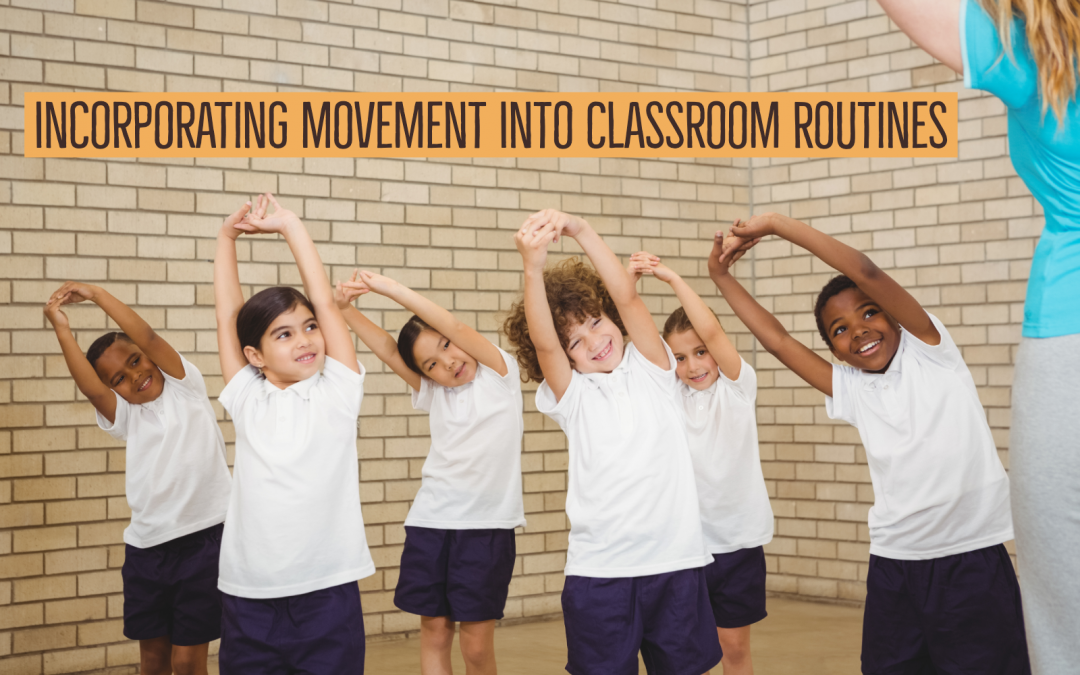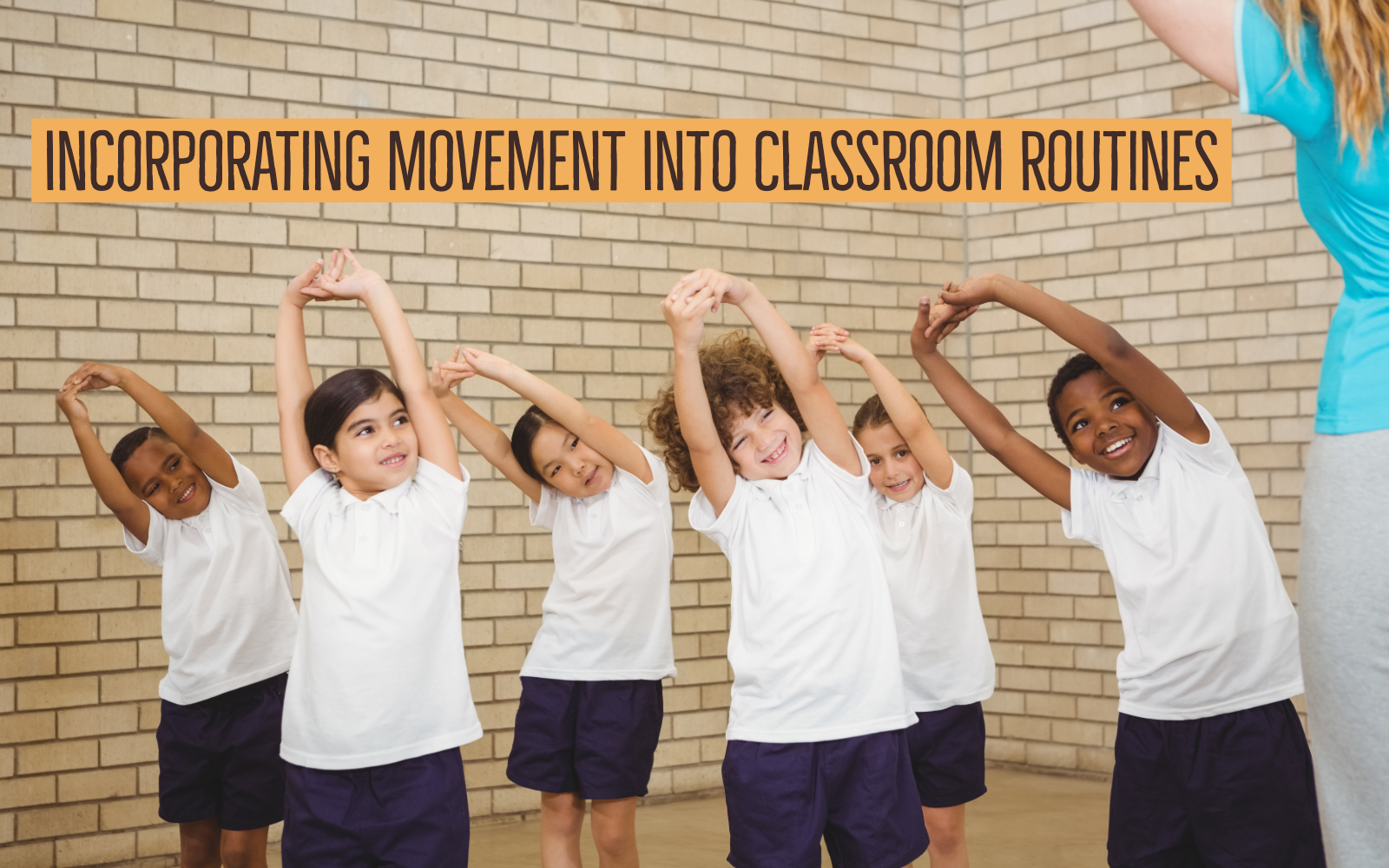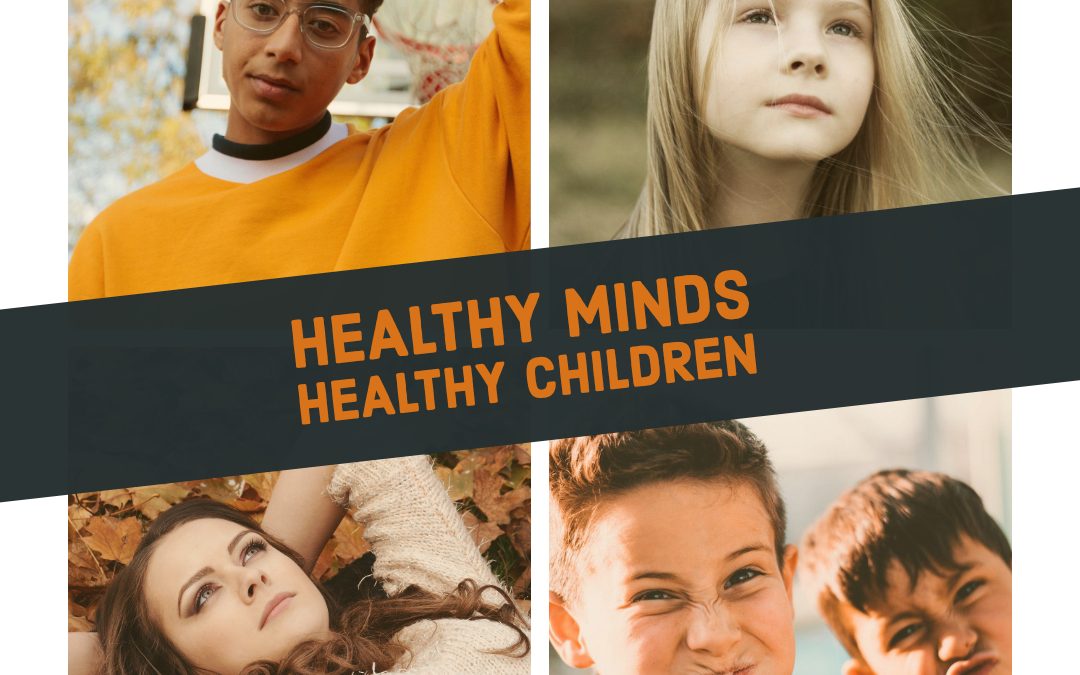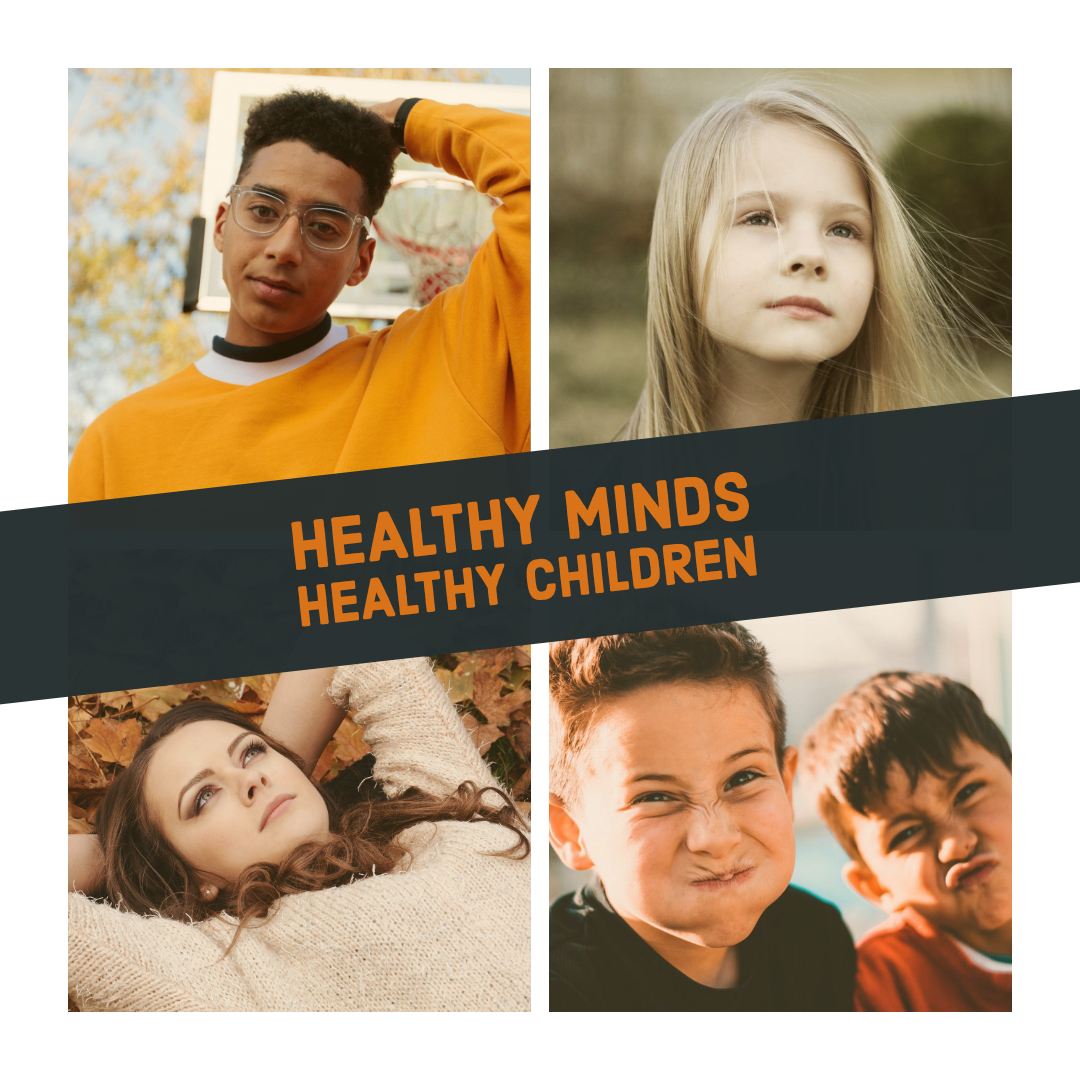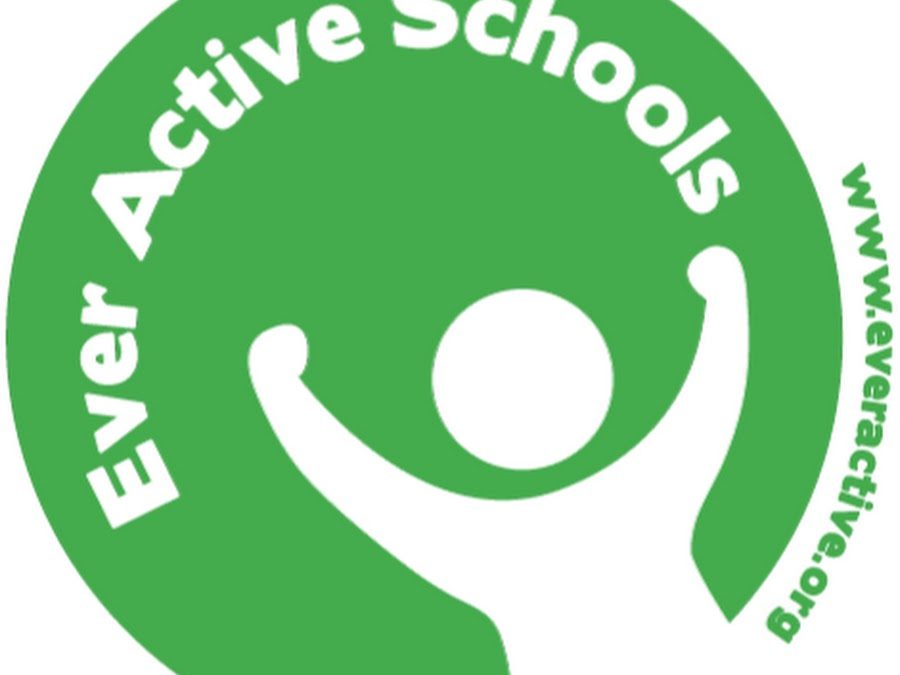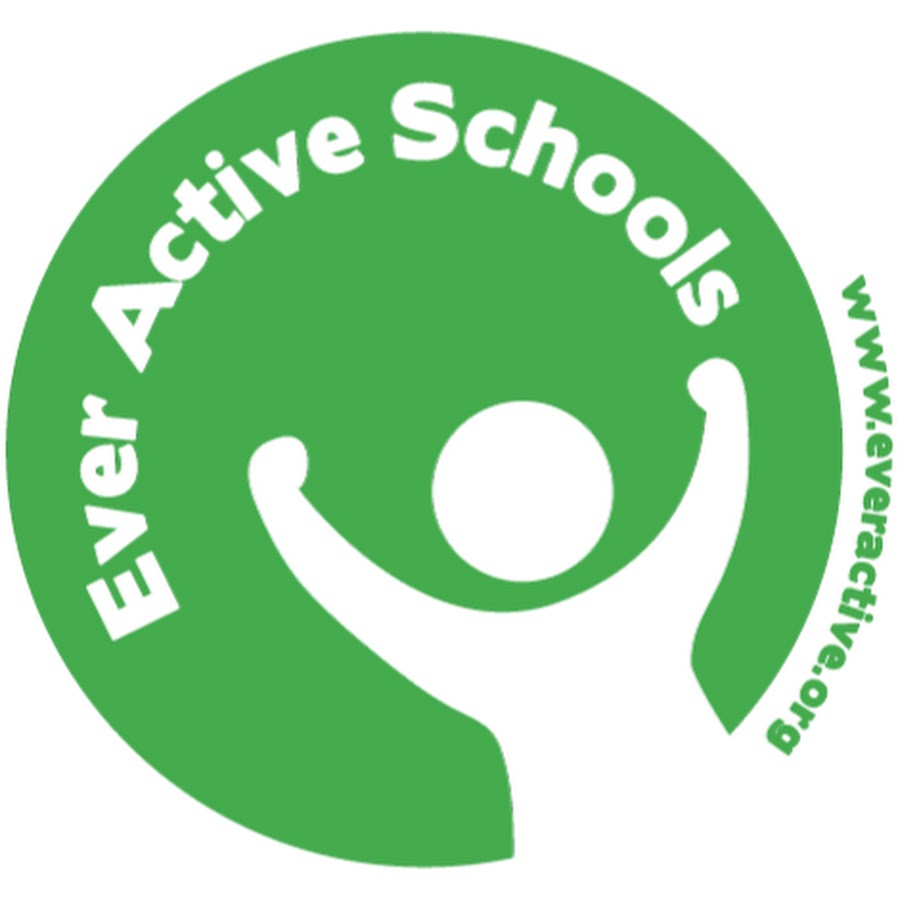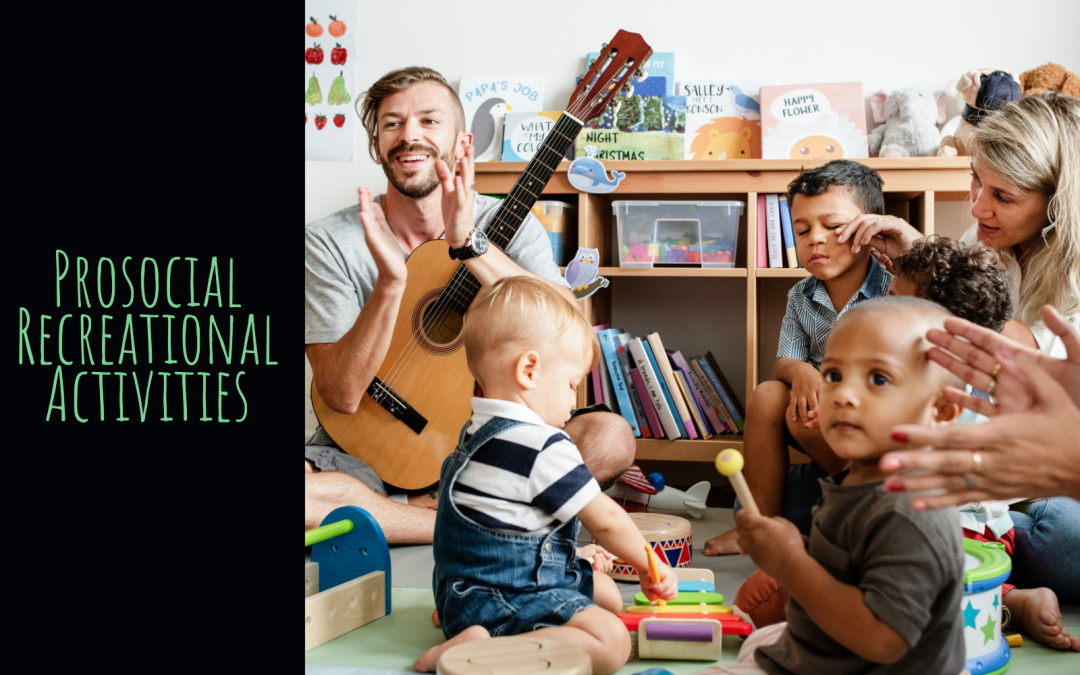
Prosocial Recreation Activities
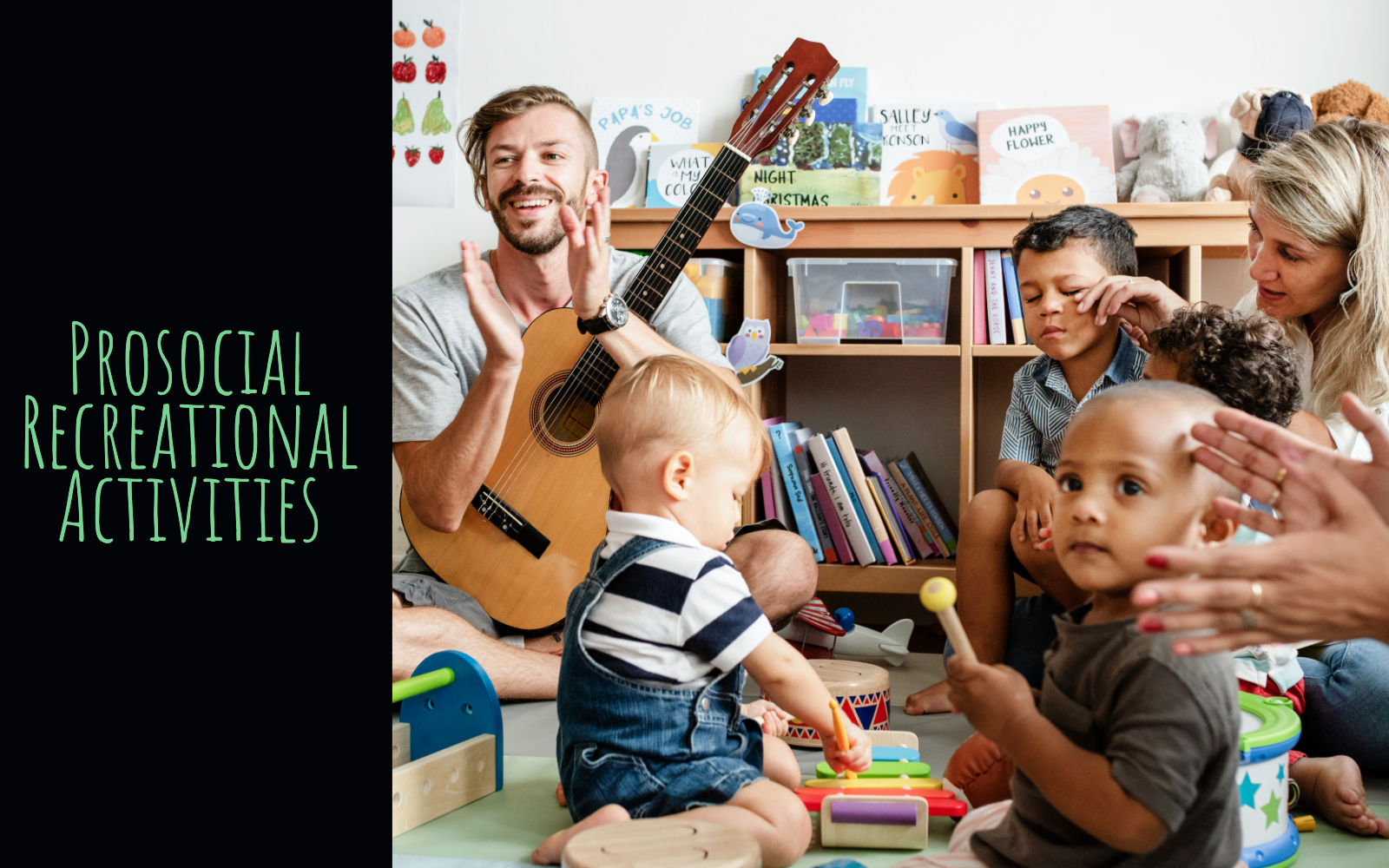
Rationale
To provide opportunity for social interaction among students, as well as students and staff. To provide opportunity for staff and students to find grounding, when emotions, anxiety or traumatic events become overwhelming. To help build a healthy school culture.
This can be done before, during or after school. It can happen in rooms already designated for recreational activities, or rooms can be created (e.g. wellness room, gym)
Examples of pro-social recreational experiences are below. There are endless ideas, however these are three different types of examples.
- Have a staff member supervise the gym during recess, so that students can play various informal games. This allows students to have an alternate environment than the playground at recess. There is opportunity for students to interact with others, as well as staff. Students who might feel uncomfortable during regular recess have an alternate option. Students who have experienced stress can regulate and ground themselves by engaging physical activities.
- Provide a wellness room for students and staff to regulate emotions. This wellness room can be equipped with resources for students and staff to use at their discretion. E.g. painting/drawing material, books, manipulatives, cards, MUSE headbands, music devices with headphones, etc.
- Plan an entire-school event where students and staff are mixed between grades, gather in the gym or larger open area and participate in mini-games and challenges. Teams can be created by staff and different activities can be planned for team building (e.g. musical chairs, nerf target challenge, karaoke, etc). This allows students and staff to interact with people they might not know. Team building and school culture can increase when interactions between grades occur.
